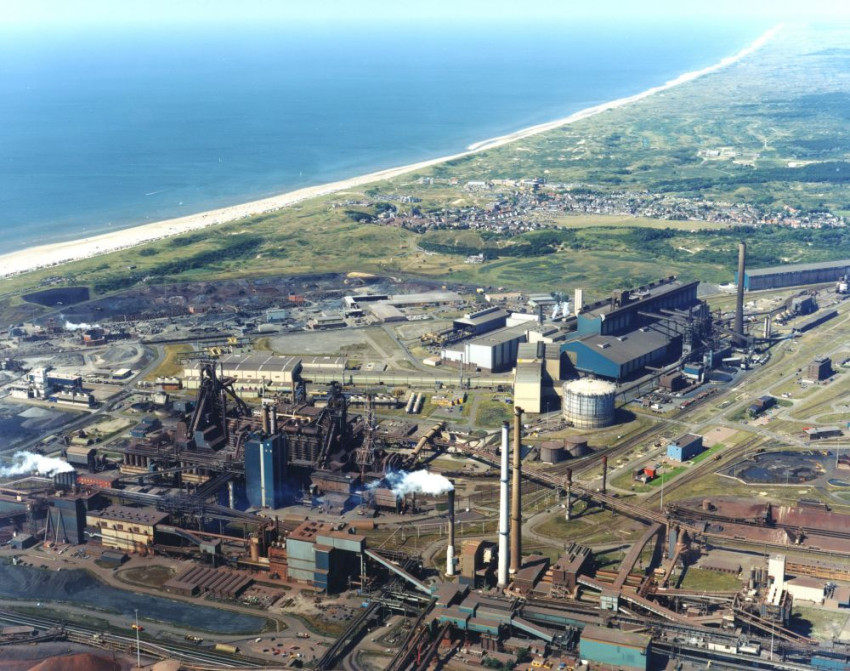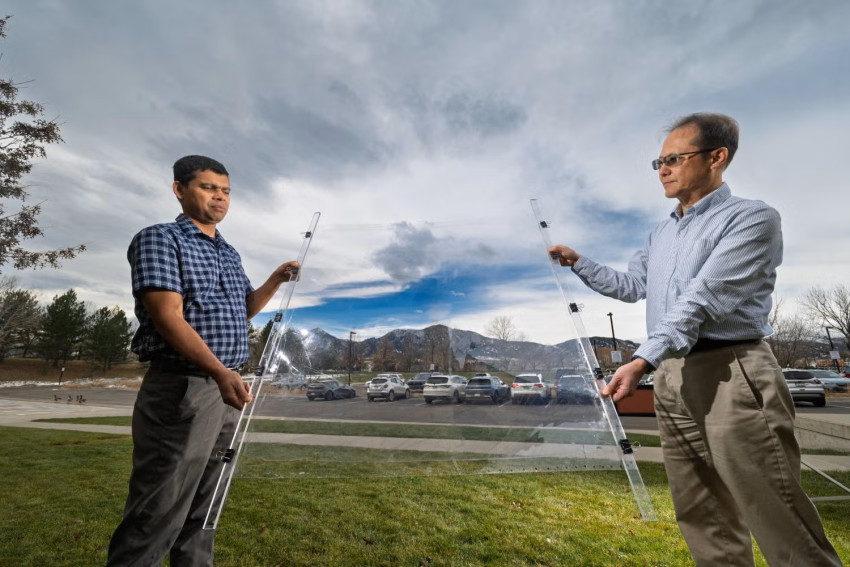
Tata Steel and Dow to invest in green chemicals
Tata Steel IJmuiden and Dow Benelux are building a pilot plant that uses waste gas from blast furnaces instead of petroleum to produce naphtha. Dow uses naphtha as a raw material for all kinds of chemical products.
The plant uses carbon monoxide, which is abundantly present in the waste gases from steel production. 'We first use part of it to produce hydrogen,' says transition manager Cock Pietersen of Tata Steel. This hydrogen is created by initiating a carbon monoxide and water reaction, during which CO2 is released, 'but it does mean we don’t have to use any extra natural gas to produce this hydrogen.' The idea is that AkzoNobel will build the hydrogen plant at the Hoogoven site in IJmuiden.
There is still enough carbon monoxide left to mix with the previously produced hydrogen to make so-called syngas. 'We can make all sorts of substances from this syngas, which currently will mainly concern naphtha, a mixture of hydrocarbons that Dow uses to make chemical products.' The conversion will be carried out using the Fischer-Tropsch process, which was invented to produce diesel. Tata Steel can supply about 5% of the naphtha currently produced using petroleum by factories at the chemical sites in the Rijnmond and Moerdijk areas.
The main advantage of producing hydrogen and naphtha is that the carbon monoxide released during steel production is used to a much greater extent than at present, whereby the carbon monoxide is used as fuel in Nuon's existing gas plant at the Hoogoven site.
Arcelor-Mittal in Ghent at the forefront
Dow is already building a pilot plant in Ghent at the Arcelor-Mittal steel plant for the same purpose – producing naphtha from blast furnace gas. 'They are leading the way,' notes Pietersen. If the pilot plant in Ghent is successful, it will be transferred to the blast furnaces in IJmuiden.
'The principles are the same, but our waste gas has a different composition to the gas in Ghent.' According to Pietersen, this is the crux of the technical challenge. 'Before the waste gas with carbon monoxide can enter the Fischer-Tropsch reactor, we first have to clean it and remove the nitrogen.' Pietersen expects that it will take one to two years before the pilot plant is transferred to IJmuiden.
Arcelor-Mittal is currently already producing kerosene from its blast furnace gas, but this uses a reactor containing bacteria.
ThyssenKrupp
In Germany, steel company ThyssenKrupp is working on a similar process. The difference is that this company wants to make hydrogen using sustainable electricity. Pietersen: 'That’s what we’re ultimately aiming for too, but in the long term. We want to start by using the carbon monoxide in our waste gases.'
If you found this article interesting, subscribe for free to our weekly newsletter!
Opening photo: Aerial photo of Tata Steel in IJmuiden. Photo: Tata Steel.






